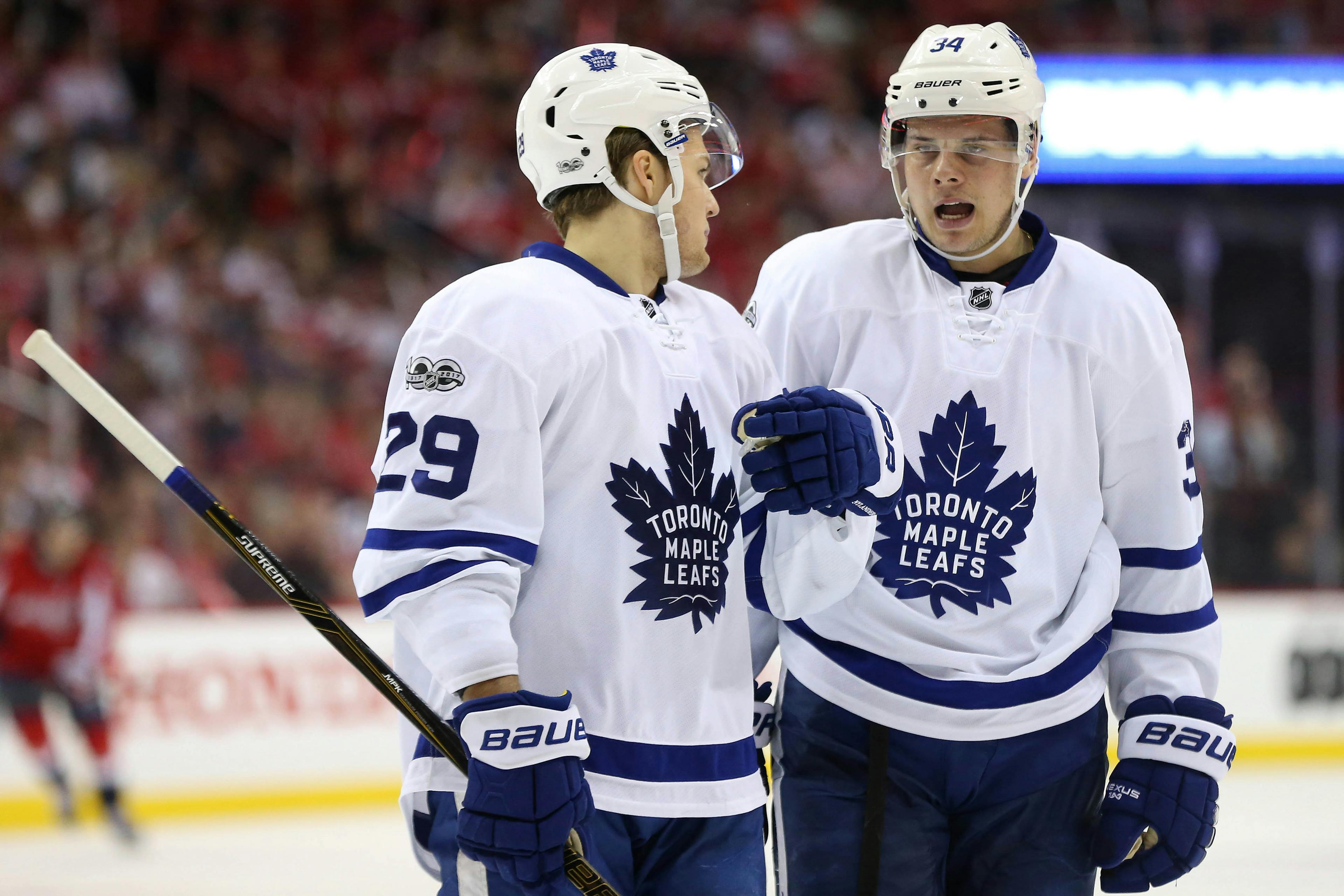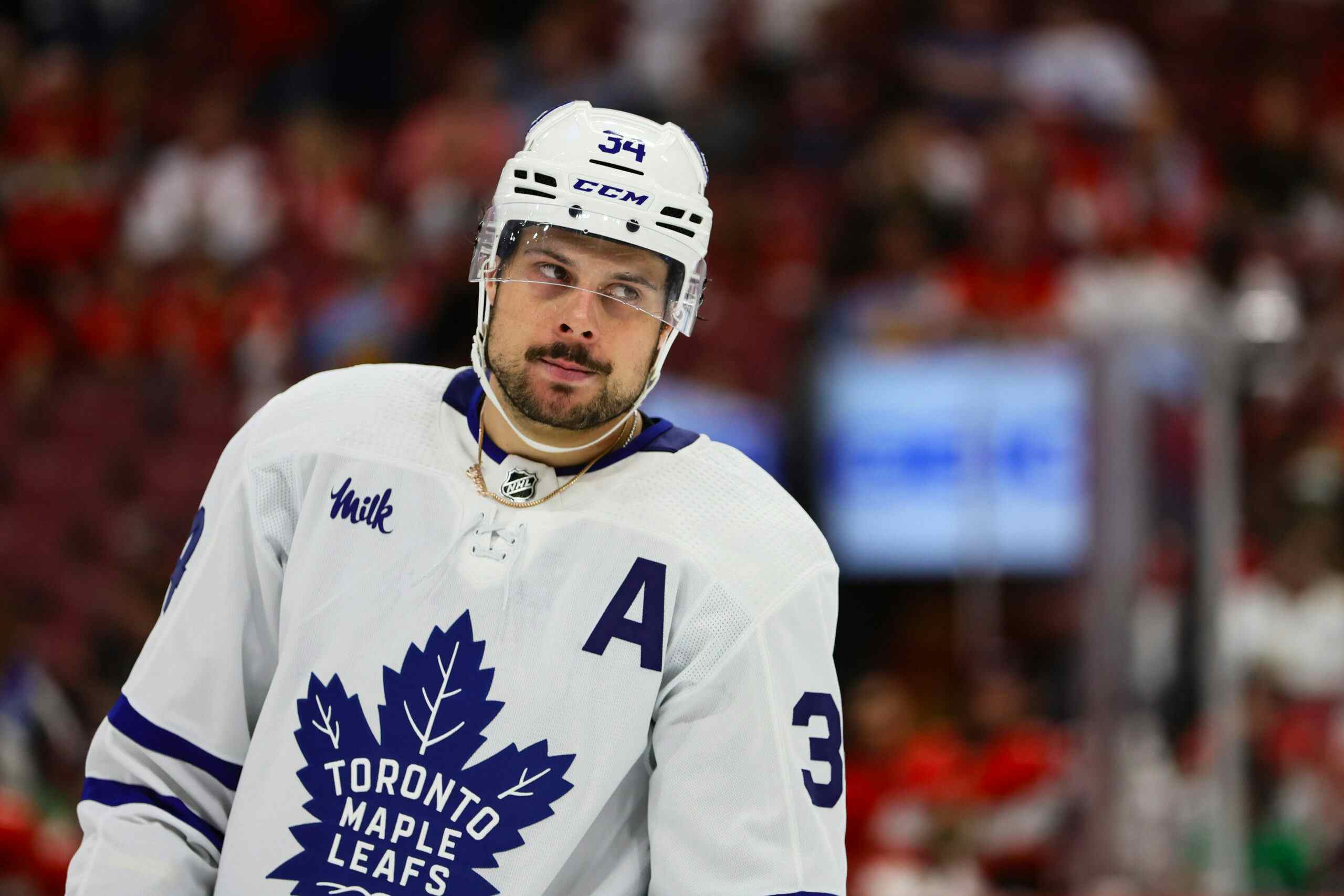Using data to quantify the Leafs’ offensive playing style

On Monday, Ryan Stimson (@RK_Stimp) of hockey-graphs.com and creator of the passing project released a new piece with some great new data which utilizes passing data to quantify team playing styles both offensively and defensively.
On the offensive side of things, Stimson broke teams up into four categories based on their offensive tendencies: low to high, probing/rushing, balanced and crash the net. Below is how teams were categorized based on percentiles and showing each group’s average expected goals numbers.

Table from Stimson’s hockey-graphs.com write-up.
So, to put it simply, offensive playing styles from best to worst:
- Probing/Rush
- Balanced
- Low to High
- Crash the Net
Probing/rush teams came out the best by xG by a significant margin due to them being in, or close to, the 80th percentile in most of the high percentage plays such as dangerous passing sequences (royal road passes or passes from behind the net resulting in a shot), probing (shots off of multiple passes) and rush sequences. It’s important to note that this data is over the past two seasons and not just the ’16/17 season, but the seven teams who fell into the probing/rush category were the Penguins, Capitals, Ducks, Flames, Stars, Wild and Blues. Those are all pretty good teams, but the Flames and Blues surprised me a little as I don’t think of either of them as particularly skilled up front, aside from a couple of superstars in Vladimir Tarasenko and Johnny Gaudreau.
What really surprised me in this data at first was that the Leafs fell into the “low to high” category along with the Devils, Sharks, Flyers, Bruins, Oilers, Kings and Islanders. The Leafs finished the season second place in expected goals per hour (behind only the Penguins) in both Emmanuel Perry (corsica) and @DTMAboutHeart‘s models, so it seemed odd that they fall into the category which has them taking a lot of low percentage shots, specifically point shots. Here is a good visual from Stimson’s tableau page, which shows the Leafs and Penguins playing an almost polar opposite style and not in a positive way from a Leafs perspective.

It turns out that the reason for that is 68% of the data comes from the 2015/16 season (66 games in ’15/16 vs. 21 in ’16/17). Now, I don’t need to explain to you that the ’15/16 Leafs team was slightly different from the ’16/17 team, but I would like to dig into some of their significant differences to uncover if the team’s playing style changed much aside from getting much better personnel wise.

The new-look Leafs, who were already a high-event team in ’15/16, played an even more high-event style in ’16/17, which you probably already knew. Their shots for per hour took a decent bump while they also gave up shots more frequently, but their expected goals both for and against increased rather significantly. Fortunately, their expected goals for increased much further than their expected goals against, resulting in a 1.57% net increase in expected goals. A main contributor of that, along with increased shot volume, is that they went from T-25th in expected fenwick shooting percentage in ’15/16 to T-5th in that department in ’16/17. This points to the new-look Leafs improving their shot quality significantly, which probably also means that their offensive style changed rather drastically. For confirmation, let’s compare the team’s shot location charts from both seasons via hockeyviz.com


Welp, it’s easy to see how the Leafs ended up listed in the “low to high” category. As I stated earlier, 68% of the data tracked comes from the ’15/16 season and that Leafs team sure liked to shoot from the point while not getting many shots from inside the top of the circle. This is most likely due to that team being extremely limited on talent, especially compared to the ’16/17 team. There weren’t a lot of skilled forwards able to create offence, so they just shot from far out and hoped for the best. Predictably, it didn’t work. The shot chart looks drastically different for the ’16/17 season, as they created shots from right in the middle of the slot at a very high rate while significantly cutting down the percentage of shots taken from the point. When you inject a few stars into the lineup it’s a lot easier to create offence and create higher percentage shots, especially when you add a player who not only creates shots at an elite level, but also creates most of them from the slot area.

Leafs shot locations with Matthews on-ice

Leafs shot locations with Matthews off-ice
Take a look at Matthews’ first four NHL goals, which all came in his first game, if you didn’t know.
After William Nylander makes Mark Borowiecki look like, well, Mark Borowiecki, he hits Matthews in between the hashmarks with a royal road pass (pass through the slot.) A shot following a “danger zone pass” (which, if you’ll remember, is a pass from either behind the goal line or across the slot) has a 10.3% conversion rate, a rate lower only than rebounds (13.5%) and “probing,” (10.9%) which is a shot from inside the home plate area preceding multiple passes. Matthews doesn’t get the original shot off as the backchecker lifts his stick, but he pokes it toward the net where Nylander takes a whack at it and hits the side of the net. Zach Hyman corrals the puck, goes around the net and makes a pass from behind the goal line to directly in front of the net for the second “danger zone pass” to Matthews in a matter of seconds. First career goal for Matthews.
Minutes later, after making Mark Stone, Mike Hoffman and Erik Karlsson look foolish, Matthews scores on a lower percentage opportunity, but the shot still comes pretty close to the net. There are no passes on this play and he shoots from off to the side rather than the middle, but still from in tight.
The hat-trick goal comes off of another high percentage play. Morgan Rielly makes a great pass from behind the goal line across the “royal road” where Matthews shoots from between the faceoff dot and the hashmarks on his “off side.” This enables him to get the shot off quickly and from an optimal position (middle of the ice, stick also in the middle of the ice rather than having to shoot across his body) while goaltender Craig Anderson is moving laterally. This play features a pass which comes from behind the goal line and also across the slot, resulting in a one-timer (4.8% conversion rate). These are the types of shots you want to create as frequently as possible.
Goal number four comes off yet another high percentage play. It’s an odd-man rush (two on one) and Nylander feathers a perfect saucer pass across the royal road to the top of the crease right on Matthews’ tape where he can one-time it with one touch into the back of the net. The two on one is a high percentage opportunity and Nylander maximizes it by making a perfect royal road pass where Matthews can one-time it from inside the home plate area. The royal road pass forces the goalie to move laterally and the one-timer from in tight ensures that he can’t get there quick enough to get in front of the puck.
All of this to say that while this data is an excellent new tool, the Leafs probably aren’t a “low to high” style offensive team anymore.
I would imagine, based on shot location, xFSh% and expected goal models, that if the data were only to come from the ’16/17 season they would fall under the “probing/rush” category alongside the elite offensive teams in the league.
*all data via Stimson’s tableau page, his team playing styles write up and corsica.hockey
Recent articles from dylan fremlin





